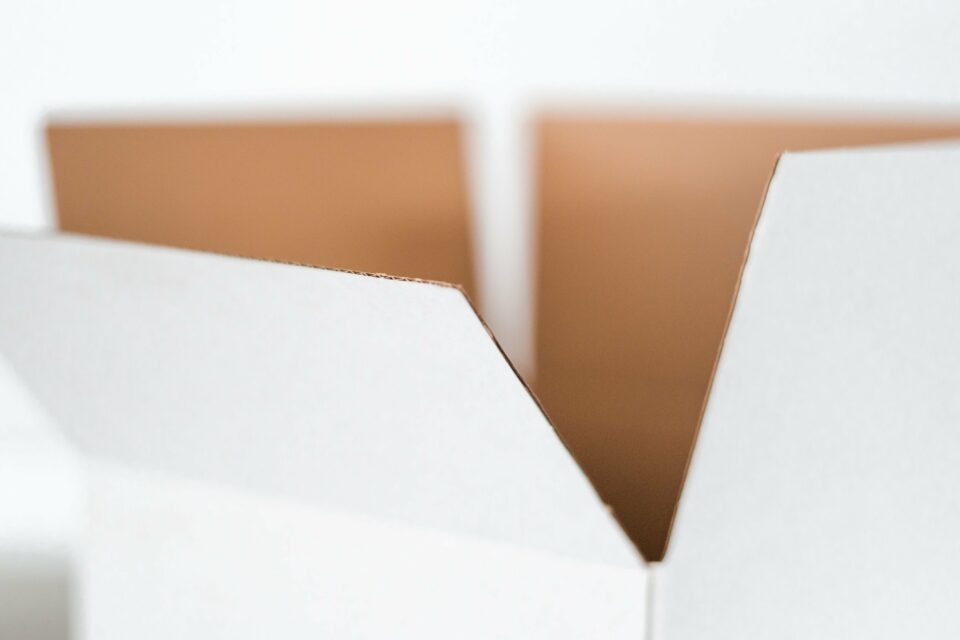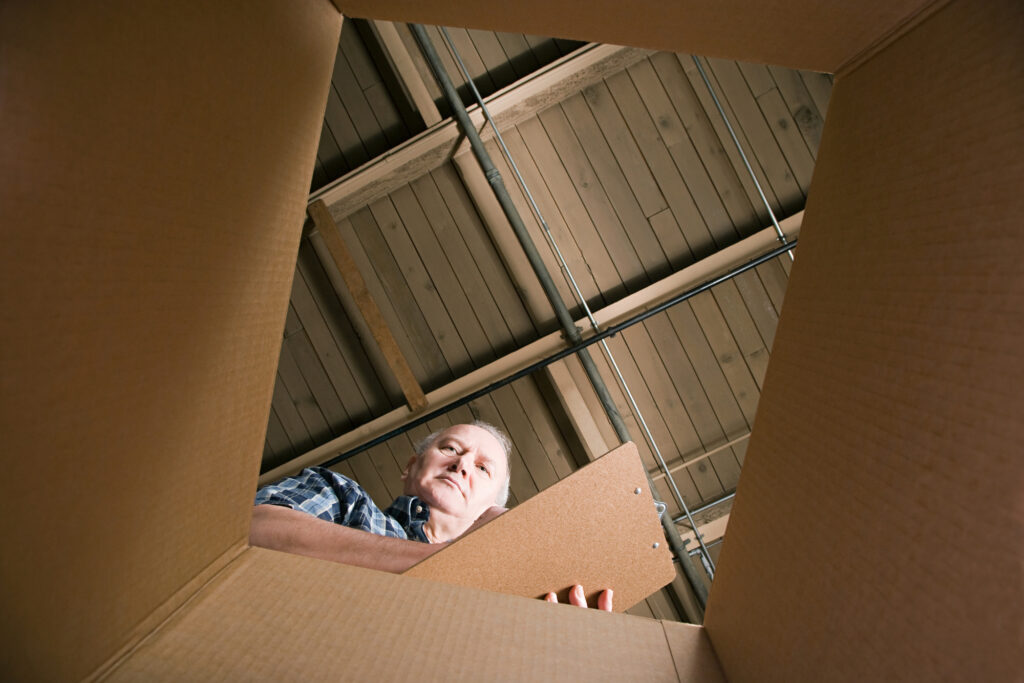Swedish death cleaning: the art of organizing in life

There is a new strategy for organizing our houses that is giving something to talk about. Swedish death cleaning, also known as döstädning – the Swedish word for “death” and “cleansing” – popularized thanks to the book “The Gentle Art of Swedish Death Cleaning: How to Free Yourself and Your Family from a Lifetime of Clutter”, by Margareta Magnusson.
The concept is basically a lifestyle that has a very simple idea: to get rid of articles that you would not like your loved ones to have to deal with, to stay just the essentials. It’s a cleaning before death, so as not to give trouble to those who stay.
Receive all our tips by email!
Love Astrology? Subscribe Now and Receive Exclusive Content!
The author recommends that cleaning can start from the 65th birthday. But the truth is that minimalist habits can make everyday life easier before that. Although Swedish ‘cleansing of death’ is more of a philosophy than a technique to apply in an afternoon, it can start now with three simple steps.

Swedish death cleaning: 3 simple organization strategies
1. Vacate
Search each drawer, shelf and box. The tip of the author of the book is to separate what is essential and sentimental. Everything else can be given, if it’s in good condition, or thrown away, if it is of no further use.
2. Organize
After the first step you will realize how much space you have left. Great. So it’s possible to organize everything, value what is essential and enjoy all memories.
3. Living
Of course, the goal of Swedish death cleaning goes beyond taking the burden of organization off the back of family members after their death. Turning over old things, stored for a long time, is also reliving moments.
The technique also shows how it’s possible to live and be happy with much less. Not to mention that with fewer things, there is also no disorganization.
Swedish death cleaning method has similarities to the famous Marie Kondo method: keep what you love and get rid of what you don’t love. But while Kondo tells people to throw away, recycle or donate what they don’t want, Magnusson recommends giving things that you no longer want to family or friends, “whenever they come to dinner, or when you can be with them.”
This work can be a good way for families to address sensitive issues that can be difficult to discuss.
Some research suggests that clutter at home can raise stress levels and reduce productivity. As adults get older, having a house full of things can also increase the risk of falls and create other health and safety hazards.

